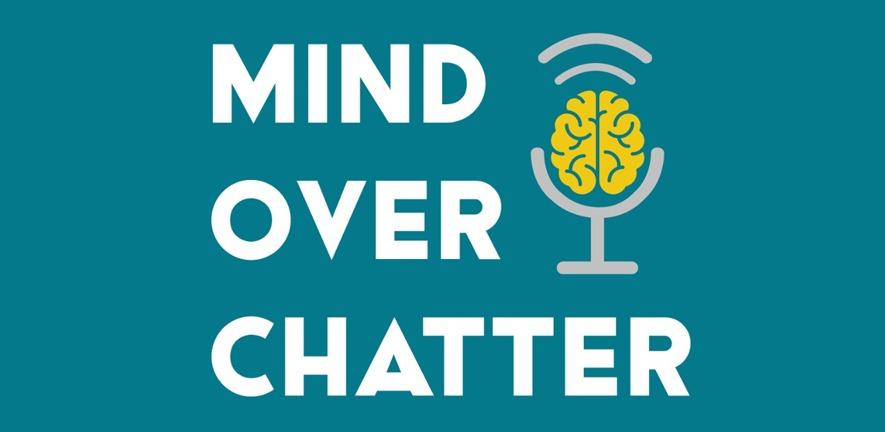We all have theories about what the future might look like. But what did the future look like in the past? And how have the advent of new technologies altered how people viewed the future?
In this episode of Mind Over Chatter, we talked with curator of modern sciences and historian of Victorian science Dr Joshua Nall, professor of Digital Humanities and director of Cambridge Digital Humanities Professor Caroline Bassett, and Junior Research Fellow in the history of artificial intelligence, Dr Jonnie Penn in our attempt to understand how the future was thought of in the past.
Along the way we discussed utopias and dystopias, the long history of science fiction, and how the future might come back to haunt us!
[02:15] - How did new science and technology (railways, telegraphic communication, mass printing) transform the 19th Century.
[05:00] - Futures and utopias delivered by technology as opposed to magic.
[09:30] - Charles Babbage, Ada Lovelace, computers and the idea of the mind as a factory.
[15:40] - Recap of the first part of the conversation
[24:45] - Mary Shelley and Frankenstein as an example of fiction grappling with a response to the feeling of chaos resulting from new technologies
[33:50] - Dominant beliefs and values in the 19th century that showed up in science fiction and actual scientific theories
[41:35] - Recap of second part of conversation
[50:05] - When and why did AI become scary or threatening? And the cyclical nature of unresolved fears around technology.
[54:28] - Current futures of AI and technology and the problematic idea of technology as being free and limitless versus the world ending
[56:10] - What’s coming up in technology in the next 100-ish years?
[1:03:28] - Recap of the last part of the conversation
[21:38] - How are new ideas about the future influencing the way people think about artificial intelligence and sci-fi in the 1900’s?

